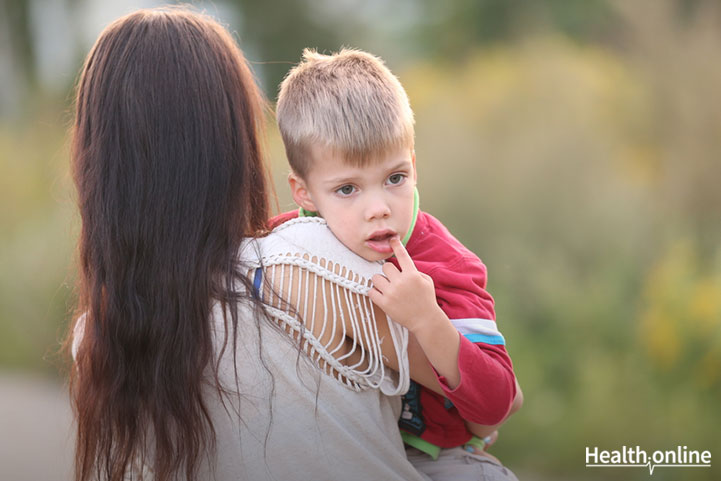
Separation Anxiety Disorder
Separation Anxiety Disorder (SAD) is the feeling of extreme anxiety in response to or in anticipation of separation from someone with whom there is a strong attachment, such as a parent or guardian. While some anxiety related to separating from a major figure in a child’s life is expected, in the case of SAD the anxiety is excessive, lasts for extended periods of time (over 1 month) and may interfere with daily life.
What are the symptoms of separation anxiety?
The anxiety is accompanied by worries of being abandoned, becoming ill or being kidnapped. Some individuals with SAD may even experience physical effects such as nausea, vomiting, headaches and stomach aches. Children with SAD attempt to avoid situations in which they would be separated from the significant figure, such as avoiding going to school, sleeping alone or visiting a friend’s home. They may also respond in hostile ways, such as throwing a tantrum, screaming, begging and making threats.
What causes separation anxiety?
Symptoms of SAD can develop in response to a traumatic event, a fear of being harmed, or gradually develops over time. Guardians may exacerbate the condition by placating to children when situations arise that trigger the symptoms, such as having a nightmare or wanting to avoid being around unfamiliar people. While it typically subsides in childhood, SAD persists into adulthood or acts as a risk factor for other anxiety disorders in childhood.
Who is typically affected?
SAD is the most common pediatric anxiety disorder, accounting for nearly half of all cases. SAD typically arises in children between the age of 7 and 12, much earlier than other anxiety disorders in children. It is more likely to occur in girls and younger children (younger than 14 years of age) than in boys or older children.
When does selective mutism develop?
Separation anxiety typically arises in childhood and is observed in children.
What other conditions commonly occur with separation anxiety?
SAD is usually accompanied by at least one other disorder, particularly anxiety disorders. The most common accompanying disease is panic disorder, co-occurring in up to 73% of cases. General anxiety disorder (GAD) and obsessive-compulsive disorder (OCD) are also common, co-occurring one-third of the time in children with SAD. Depressive disorder is also seen in one-third of children with SAD. While less common, SAD may also coexist with disruptive disorders such as attention-deficit hyperactivity disorder (21.7%), oppositional-defiant disorder (19.6%), and conduct disorder (21.4%).
What is the best treatment for separation anxiety?
Available treatments include cognitive–behavioral, family-based, and pharmacological treatment methods . While there are no FDA approved therapies for treating anxiety in children, children are often prescribed selective serotonin reuptake inhibitors (SSRIs) to treat SAD and related disorders.




